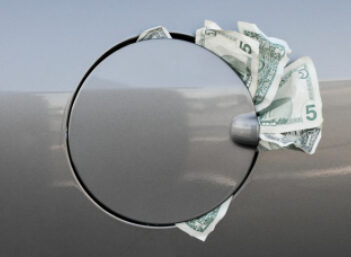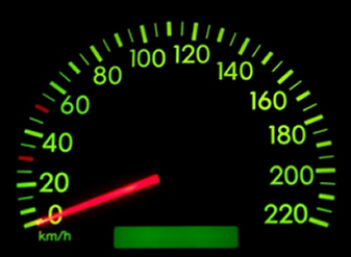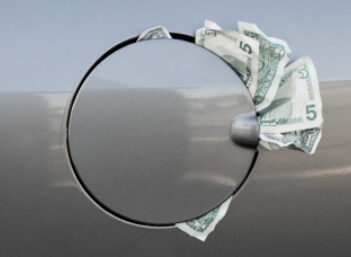What is a Bracket Creep?
In the tax world, bracket creep occurs when inflation drives income up and into higher tax brackets.
How Does a Bracket Creep Work?
Let's say John Doe makes $100,000 a year and is in the 28% federal income tax bracket. Let's further assume that the tax rate is 30% for income that is $102,000 and higher.
John is in the 28% tax bracket, but over the course of a few years, his salary adjusts up to $103,000 because of a series of cost-of-living allowances and an employer change for the same job. Because of inflation, John's $103,000 salary buys only the same amount of goods and services that his $100,000 salary did, but now he's in the 30% tax bracket.
As a result, John may have gotten a $3,000 raise from his original $100,000 job, but after factoring in the effects of inflation and the higher tax rate, he's gotten no real increase in his purchasing power.
Why Does a Bracket Creep Matter?
Jumping up to a new tax bracket can be a good problem to have -- after all, it signifies that the taxpayer is earning more money. But in John's case, where inflation has eaten away at his salary increases, the problem is that the tax code stayed the same during this time of inflation.
Governments often solve this problem via tax indexing, whereby it adjusts the tax rates in lockstep with inflation so that bracket creep does not occur. In the real world, however, tax codes can take a very long time to change. Taxing authorities that wish to increase tax revenues, however, might refrain from tax indexing, thereby helping the government financially benefit from inflation by allowing inflated incomes to be taxed at higher rates.



